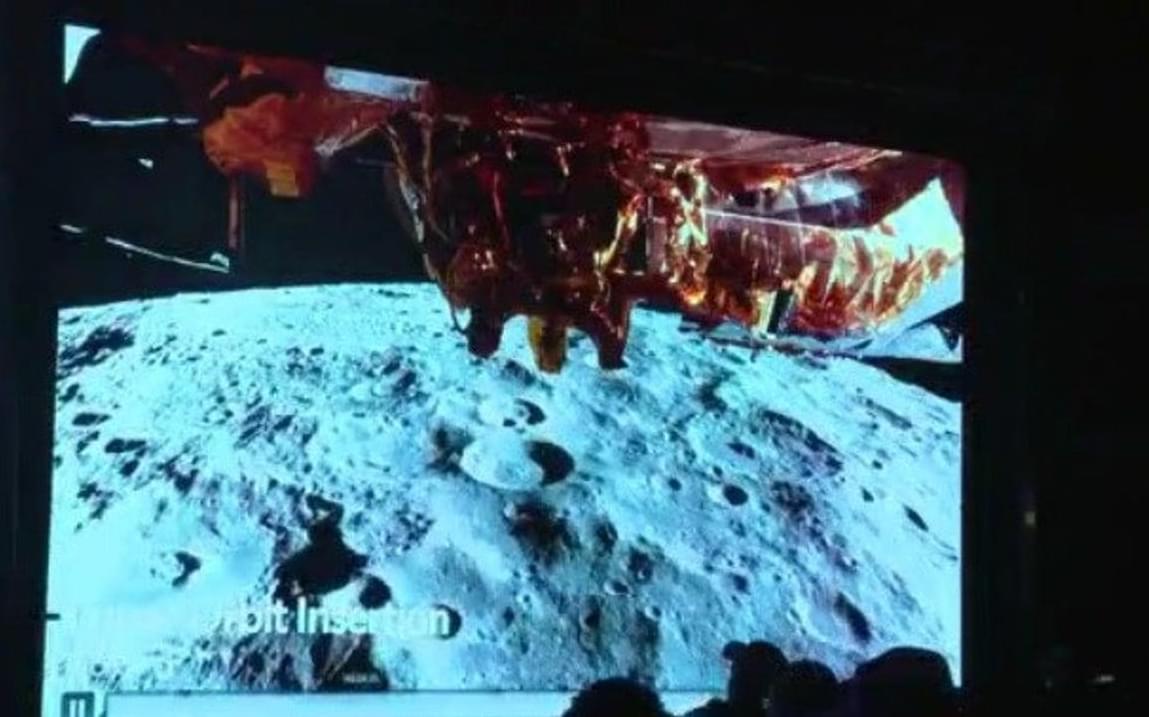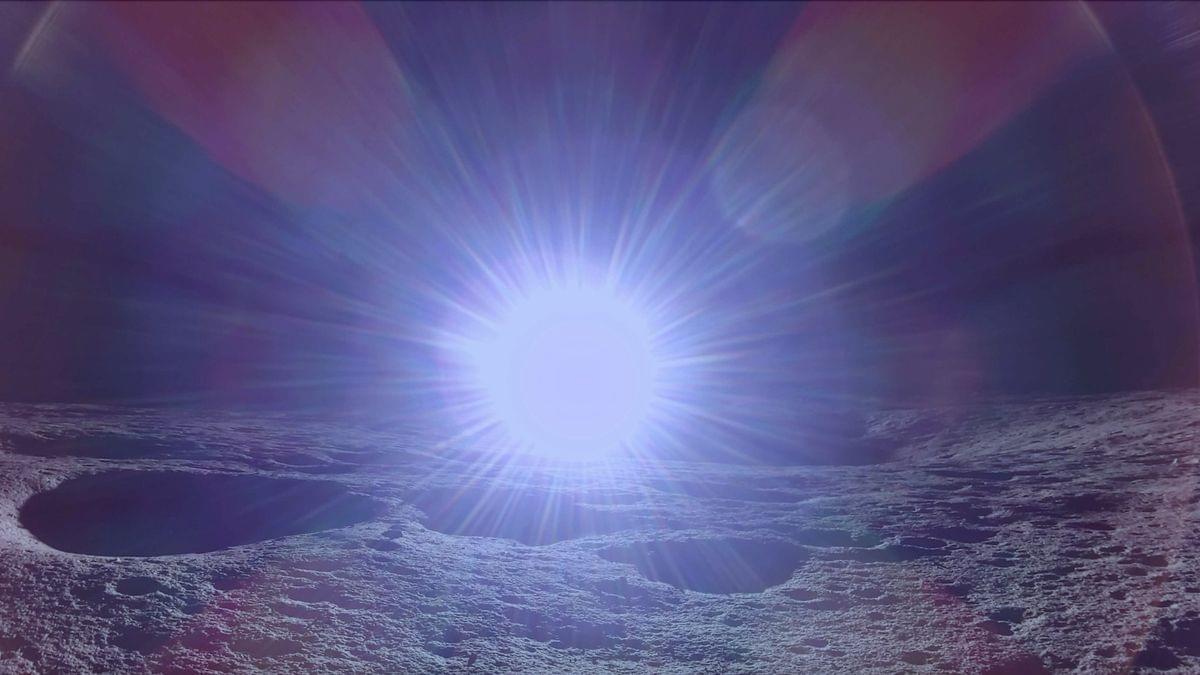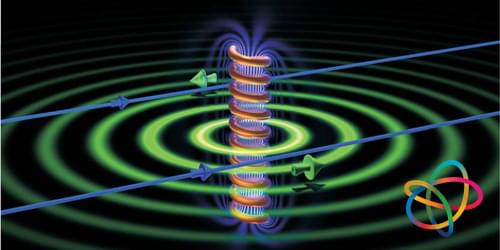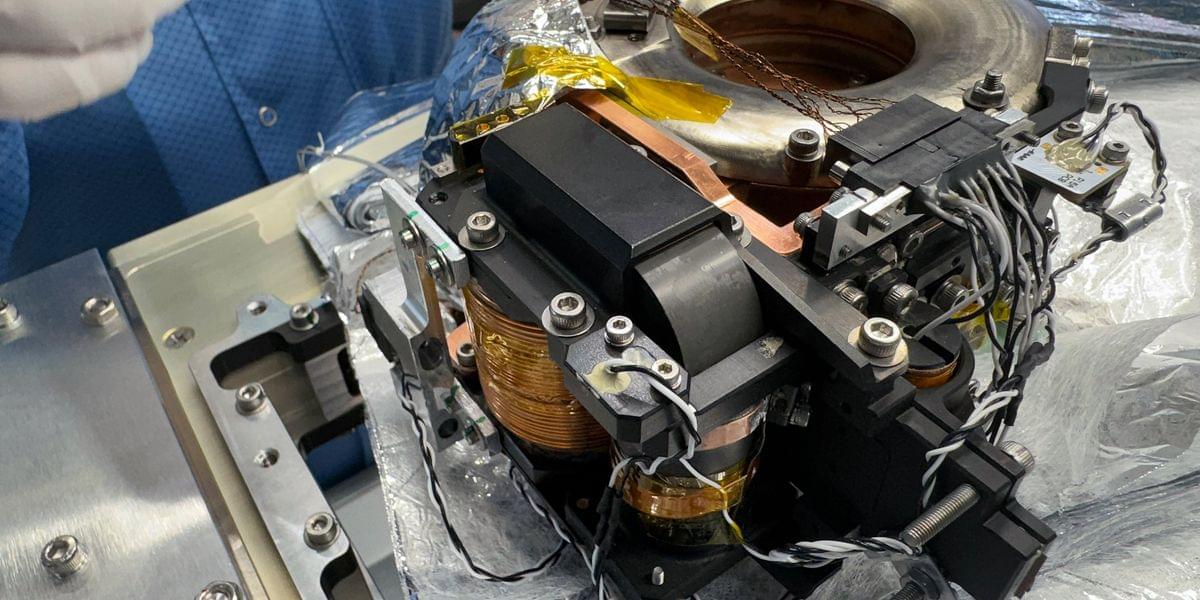NASA has just pulled off a breakthrough that could change space communication forever. A deep-space laser transmission has traveled an astonishing distance, surpassing anything done before.
Category: space travel – Page 28
[4K] Watch Starship launch and catch a booster!
[TIME SUBJECT TO CHANGE] This is the eighth fully integrated test flight of Starship with its Super Heavy booster, the largest and most powerful rocket to ever fly. This is the second launch of the new Starship upper stage with many tweaks, bringing it closer to full functionality.
If all goes well, Starship will softly splashdown in the Indian Ocean about 66 minutes after it lifts off from Starbase, TX, having performed a Raptor relight test and deploying 4 Starlink mass simulators. SpaceX will hopefully be attempting to catch the Super Heavy booster with the launch tower again, which would be the third catch of the booster.
Want more information on how exactly they’ll catch Super Heavy? WATCH THIS — https://www.youtube.com/watch?v=pAPt5vbr-YU
Want to know where to watch this live? I made a video on how to visit Starbase and where to watch a launch from — https://youtu.be/aWvHrih-Juk.
Learn more about Everyday Astronaut Mission Control by Guinn Partners! — http://guinnpartners.com.
Want to support what I do? Consider becoming a Patreon supporter for access to exclusive livestreams, our discord channel! — http://patreon.com/everydayastronaut.

SpaceX Starship Flight 8 — Stakeout Stream
Leading up to the launch, NSF will go live with over six hours of commentary stakeout. We will answer questions, observe, and provide you with everything you need to know for Starship Flight 8.
⚡ Become a member of NASASpaceflight’s channel for exclusive discord access, fast turnaround clips, and other exclusive benefits. Your support helps us continue our 24/7 coverage. ⚡
🔍 If you are interested in using footage captured by this stream, please review our content use policy: https://www.nasaspaceflight.com/conte…
LDAPAABJRG2UMCU3.
Wolfram’s Theory of Everything: The Universe Is a Giant Computer
In human engineering, we design systems to be predictable and controlled. By contrast, nature thrives on systems where simple rules generate rich, emergent complexity. The computational nature of the universe explains how simplicity can generate the complexity we see in natural phenomena. Imagine being able to understand everything about the universe and solve all its mysteries by a computational approach that uses very simple rules. Instead of being limited to mathematical equations, using very basic computational rules, we might be able to figure out and describe everything in the universe, like what happened at the very beginning? What is energy? What’s the nature of dark matter? Is traveling faster than light possible? What is consciousness? Is there free will? How can we unify different theories of physics into one ultimate theory of everything?
This paradigm goes against the traditional notion that complexity in nature must arise from complicated origins. It claims that simplicity in fundamental rules can produce astonishing complexity in behavior. Entering the Wolfram’s physics project: The computational universe!
Thousands of hours have been dedicated to the creation of this video. Producing another episode of this caliber would be difficult without your help. If you would like to see more, please consider supporting me on / disculogic, or via PayPal for a one-time donation at https://paypal.me/Disculogic.
Chapters:
00:00 Intro.
01:48 Fundamentally computational.
08:51 Computational irreducibility.
13:14 Causal invariance.
16:16 Universal computation.
18:44 Spatial dimensions.
21:36 Space curvature.
23:52 Time and causality.
27:12 Energy.
29:38 Quantum mechanics.
31:31 Faster than light travel.
34:56 Dark matter.
36:30 Critiques.
39:15 Meta-framework.
41:19 The ultimate rule.
44:21 Consciousness.
46:00 Free will.
48:02 Meaning and purpose.
49:09 Unification.
55:14 Further analysis.
01:02:30 Credits.
#science #universe #documentary


Quantum Milestones, 1959: Ghostly Influence of Magnetic Field
In classical electromagnetism, electric and magnetic fields are the fundamental entities responsible for all physical effects. There is a compact formulation of electromagnetism that expresses the fields in terms of another quantity known as the electromagnetic potential, which can have a value everywhere in space. The fields are easily derived theoretically from the potential, but the potential itself was taken to be purely a mathematical device, with no physical meaning.
In quantum mechanics, shifts in the electromagnetic potential alter the description of a charged particle only by shifting its phase—that is, by advancing or retarding the crests and troughs in its quantum wave function. In general, however, such a phase change does not lead to any difference in the measurable properties of a particle.
But in 1959 Yakir Aharonov and David Bohm of the University of Bristol, UK, devised a thought experiment that linked the potential to a measurable result. In their scenario, a beam of electrons is split, with the two halves made to travel around opposite sides of a cylindrical electromagnet, or solenoid. The magnetic field is concentrated inside the solenoid and can be made arbitrarily weak outside by making the cylinder extremely narrow. So Aharonov and Bohm argued that the two electron paths can travel through an essentially field-free region that surrounds the concentrated field within the electromagnet.
WATCH STARSHIP FLIGHT 8 LIVE — Commentary With Spaceflight Now
The highly anticipated 8th Integrated Flight Test of Starship and Superheavy has arrived! Our live coverage of this historic event will be hosted by Will Robinson-Smith from Spaceflight Now! Please show your support by liking and sharing this stream with your friends and family! Now let’s light this candle!
Support Spaceflight Now! @SpaceflightNowVideo.
If you would like to get involved with our community or learn more about Rockets and Space, please feel free to join our LabPadre Discord server at discord.gg/labpadre.
X: https://twitter.com/LabPadre.
Browse our online store! http://shop.labpadre.com.
Support us on Patreon and get special perks!

Firefly Aerospace Blue Ghost’s Sent Close Up View Of The Moon!
Firefly robot spacecraft landed on the Moon! 🤖🌒
Blue ghost’s amazing view of the moon from 62 miles up.
IF THERE ARE COPYRIGHT ISSUES, PLEASE CONTACT: [email protected].
COPYRIGHT DISCLAIMER
7EVEN don’t fully own the material compiled in this video. It belongs to individuals or organizations that deserve respect.
We use under: Copyright disclaimer section 107 of the Copyright Act 1976. “fair use” is allowed for purposes such as criticism, comment, news reporting, teaching, scholarships and research.
#7EVEN @its7EVEN